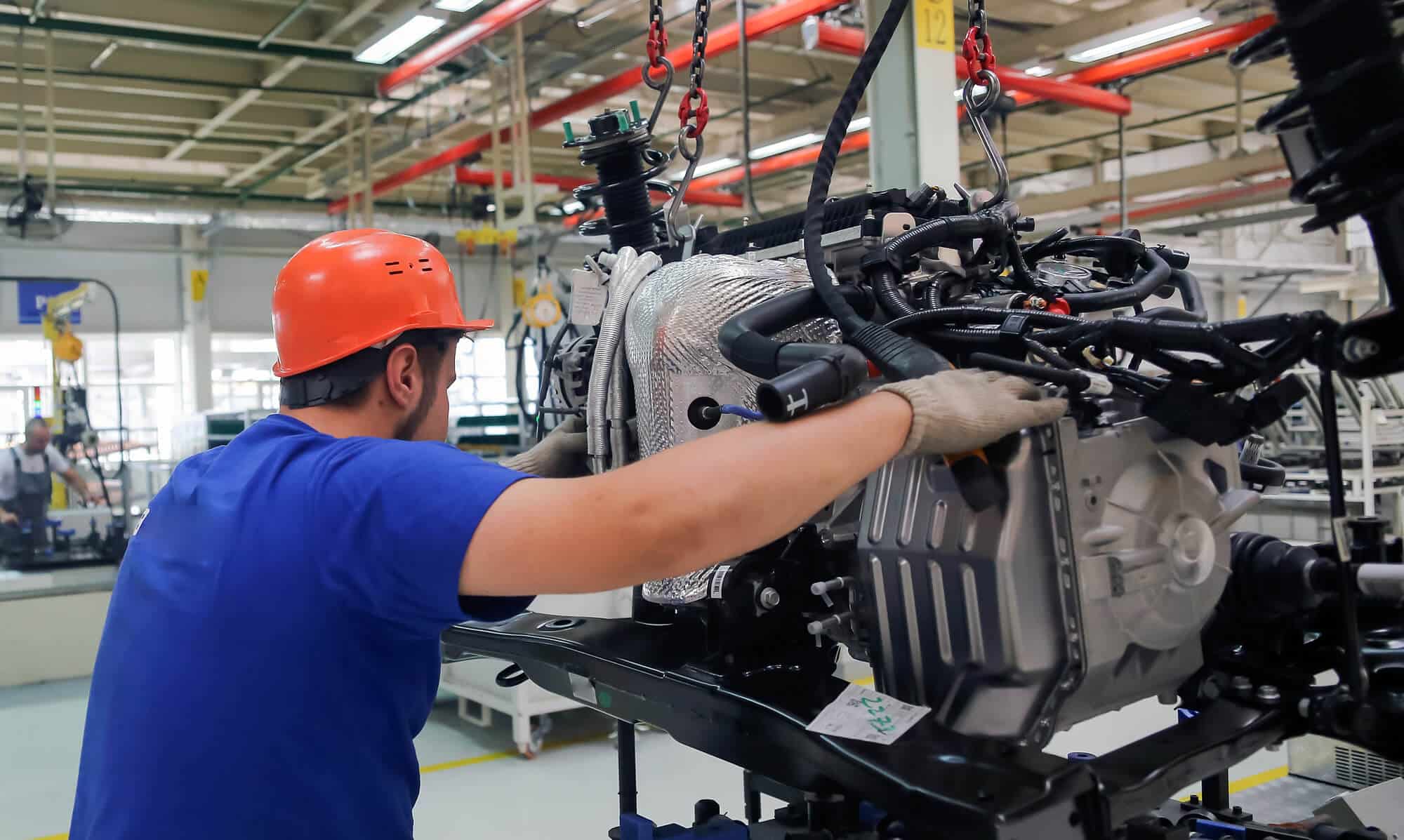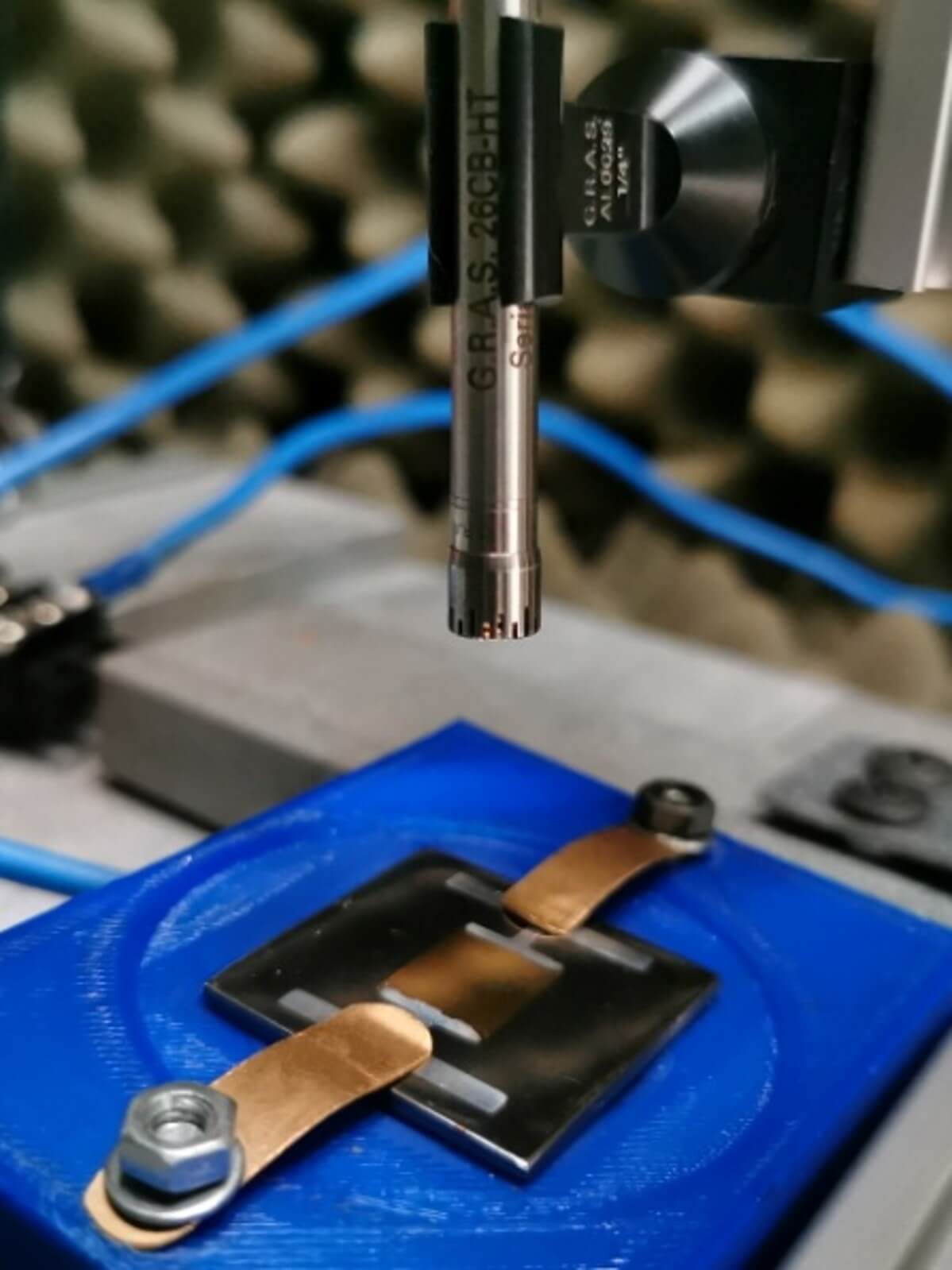Researchers have built a mathematical model for building thermophones, which may eliminate the noise caused by the engines of cars, airplanes, and more

A turbine engine is a general name for a family of engines that contain a turbine - a rotating component that converts the kinetic energy of a mixture of burned gases (fuel and air) into rotational mechanical energy, and drives the engine components. The Laboratory for Turbomachinery and Heat Transfer in the Faculty of Aeronautics and Space Engineering at the Technion is one of the main academic bodies for applied research in the field of gas turbines in Israel. The lab's researchers focus on tiny engines (micro-turbo-machines), which are mainly used for distributed electricity production, propulsion of small aircraft including drones, marine applications and more. In addition to turbo-mechanics, the lab's research deals with the physics of heat transfer, which, among other things, describes heating and cooling processes in solids and gases, and the development of innovative measurement methods - of temperatures, pressures and air flow characteristics.
Says the head of the laboratory, Prof. Benny Chokoral: "One of the problems with the small machines is measuring airflow characteristics using the known methods. For example, various sensors can interfere with the air flow in a small engine, and the performance of the machine will be significantly affected. That's why we are developing optical, non-intrusive measurement methods adapted to small geometry."
The latest research by Prof. Chokoral and his team, including the engineer responsible for carrying out the research, Boris Laseronok, deals in the field of thermo-acoustics - converting thermal waves (heat) into sound waves. An example of a thermoacoustic process is the intermittent heating of a thin metal layer that causes temperature changes in the surrounding air. This air heats up and its pressure changes accordingly. The product of the cyclic temperature and pressure changes is sound waves. As of today, there is no scientific model - a unified physical theory - that describes such thermo-acoustic processes in general, from the moment of heating to the formation of sound waves. In the research, which won a grant from the National Science Foundation, the scientists are trying to deeply understand the physics of these processes. This is because most studies dealing with this field assume that thermoacoustic processes can be described using Fourier's law (named after the French physicist Joseph Fourier) - which links temperature changes to heat transfer (thermal conductivity). But does this law apply to nanometer-sized bodies?

Says the engineer Boris Laseronok: "During heating there are two different processes - heating and the transfer of information about it. Fourier's law assumes that the warming depends directly on the physical size of the body and the transfer of information about it is very fast in any case. But in very small bodies, for example thermoacoustic, both processes occur at the same time and the transfer of information is not necessarily fast, as we also saw in the experiments, so the law is not valid for them."
In their studies, the researchers try to describe the time when the information about the spread of heat passes through thermoacoustic bodies such as a thermophone - a speaker that produces sound waves (sound) from heat. Thus, they hope to select materials for the production of efficient thermophones, which can create a strong sound from a relatively low energy input and be used to eliminate environmental noise, for example that caused by aircraft engines.
"Anelno hopes to build silencing devices that can be inserted at the point where the noise is generated, for example inside a jet engine, and thus cancel it. since environmental noise is often a hazard; There are airports that are not allowed to operate at night due to their proximity to residential neighborhoods. If we make the engines run quietly, these airports will be able to work 24 hours a day," explains Laseronok.
The model developed by the scientists will make it possible to know, for example, which materials should be used to build the thermophones so as to cause maximum noise silencing
The thermophones produce sound waves and thus can silence the external sound waves (noise). For, if two waves of the same frequency are dressed in opposite phase, a destructive interference is created, so that they cancel each other out - something that manifests itself in the silencing of the noise. Therefore, due to their operating principle and unlike normal speakers, they can be installed and operated inside engines and thus they can be effective noise cancellers.
In their latest study, the researchers developed a mathematical model that characterizes the acoustic performance of such thermophones. For example, it allows describing the sound waves that are created by heating different materials (for example, a thin, conductive metal such as gold, copper or platinum) and examines the effect of variables such as the density of the material, thermal or electrical conductivity and heat capacity on the acoustic output. Using this model it will be possible to know, for example, which materials should be used to build the thermophones so as to cause maximum noise silencing. Upon completion of the construction of the model, the researchers plan to test it in experiments and base it on the construction of the thermophones. "Currently the model is still in the research stages", says Prof. Chokoral, "although it was tested in some first experiments where we proved that the density of the material should be as large as possible in order to eliminate noise, but we need to conduct additional experiments and examine more material variables."
Life itself:

Prof. Benny Chokoral, 38 years old, was born in Turkey and immigrated to Israel about a decade ago, lives in Kibbutz Nachsholim. likes to dive, sail and play basketball.
Boris Laseronok, 34 years old, married and the father of a daughter (two and a half years old), was born in Belarus and immigrated to Israel in 1998, lives in Nahariya. Likes to read and play computer games.
More of the topic in Hayadan:
